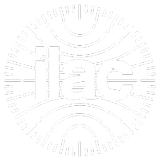Industries & Services
Full Inspection (100% inspection)
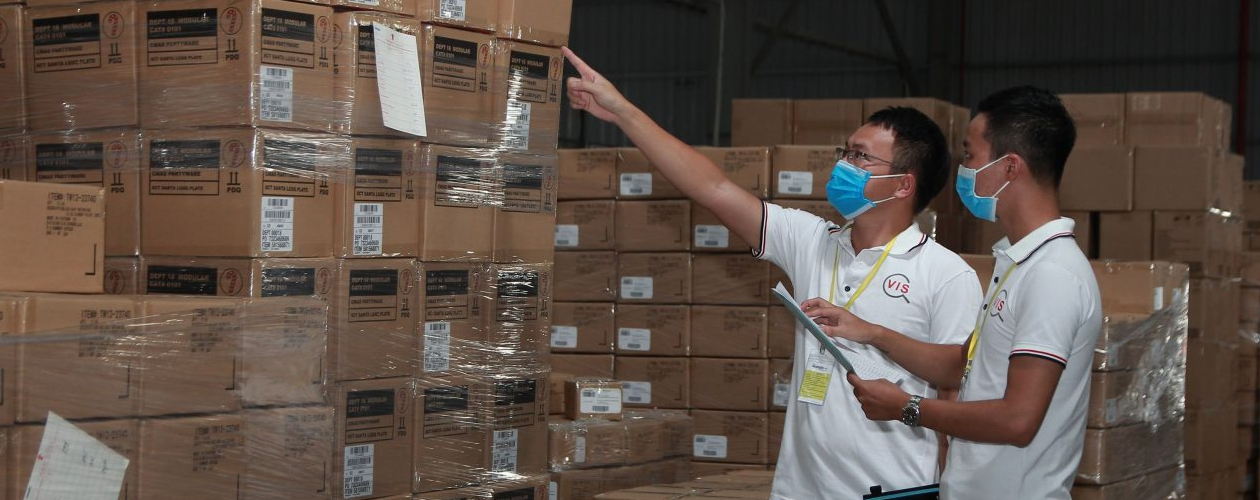
Full inspection, also known as 100% inspection, is a quality control process where every product or component is individually examined to ensure it meets specific standards and requirements. In this approach, no item is left unchecked, making it an effective method for detecting defects, inconsistencies, or other non-conformities.
This method is commonly applied in industries where safety and precision are paramount—such as manufacturing, automotive, aerospace, and medical devices—to minimize risks, enhance customer satisfaction, and avoid costly recalls or repairs.
What does “100% inspection” mean?
100% inspection involves checking each unit in a production lot to confirm compliance with defined quality standards. Unlike random sampling, this method ensures complete coverage, increasing the likelihood of identifying and eliminating defective items before they reach the market.
Why is full inspection essential?
The key benefits of full inspection include:
-
Improved product quality: Every item is scrutinized to ensure it meets all specifications.
-
Higher customer satisfaction: Products are more reliable, leading to fewer complaints or returns.
-
Reduced costs: Early detection of defects prevents rework, recalls, and warranty claims.
-
Risk mitigation: Especially in safety-critical industries, defects can cause regulatory issues or serious safety incidents—full inspection helps prevent this.
When should you use 100% inspection?
100% inspection is recommended when:
-
The cost of failure is high (e.g., in aerospace or medical devices)
-
Product safety or regulatory compliance is critical
-
Customer expectations demand zero defects
-
Production volume is low enough to make full inspection practical
It’s important to note that while effective, 100% inspection is resource-intensive. Therefore, it should be used strategically, often in combination with random sampling and other quality assurance tools.
What Are the Challenges of Full Inspection?
Despite its advantages, 100% inspection presents several challenges:
-
Time-consuming: Checking every item takes longer than sampling.
-
Costly: Requires more manpower, time, and inspection equipment.
-
Human error: Fatigue or oversight can lead to missed defects, especially in manual inspections.
-
Scalability issues: May not be feasible for large-scale or high-volume production.
Tips for Conducting an Effective 100% Inspection
To implement a successful 100% inspection program, consider the following:
-
Develop a clear inspection plan
Define inspection criteria, procedures, and documentation processes to ensure consistency. -
Use appropriate tools and equipment
Ensure that inspection tools are accurate, calibrated, and suitable for your product type. -
Train your inspectors
Provide proper training so inspectors can effectively identify defects and follow protocols. -
Establish efficient workflows
Streamline inspection stages to avoid production delays without compromising accuracy.
How to Choose a Professional Inspection Service Provider
If you lack internal resources, working with a third-party inspection provider like VIS can be a smart option. When selecting a provider, consider:
-
Industry experience and familiarity with your product category
-
Reputation for accuracy, professionalism, and compliance
-
Certifications, such as ISO/IEC 17020
-
Transparent reporting, communication, and competitive pricing
Conclusion
100% inspection is a powerful tool for ensuring product quality and minimizing risk. While it requires significant investment in time and resources, its benefits—especially in high-risk industries—can far outweigh the costs.
With careful planning and execution, and with the support of a trusted partner like VIS, businesses can effectively implement full inspections to boost quality, protect their brand, and enhance customer satisfaction.
